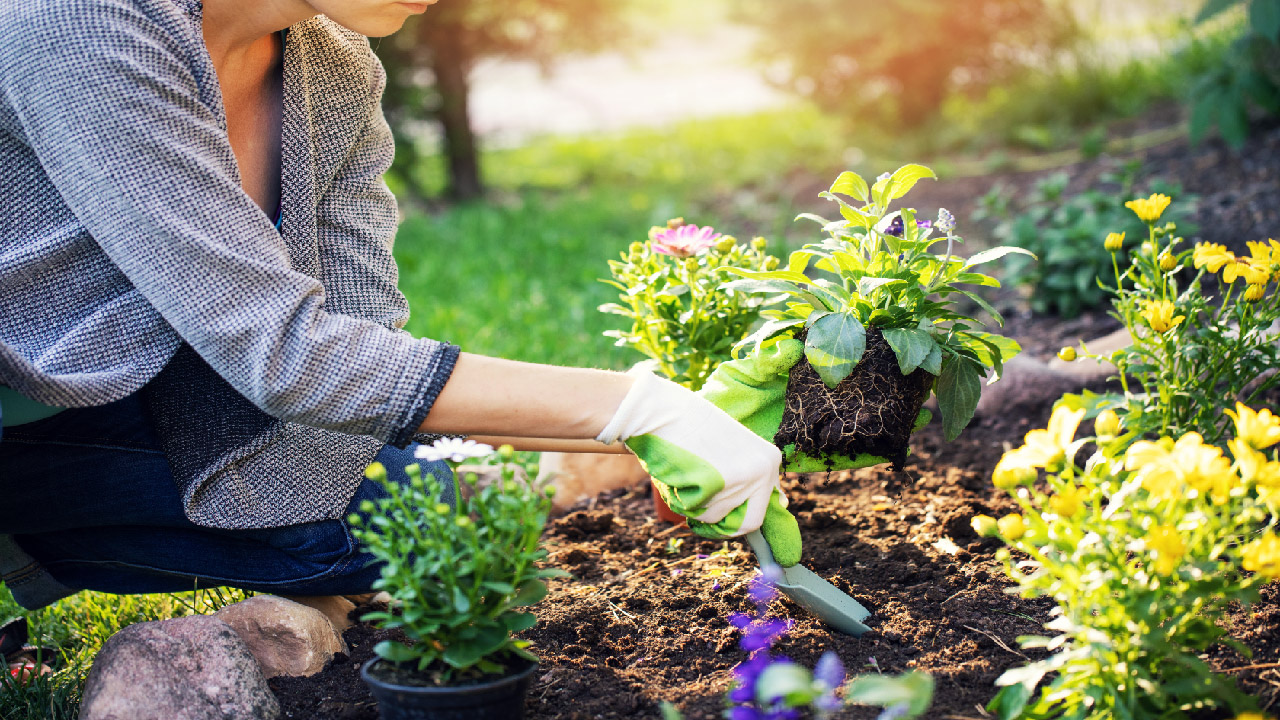How To Transition Your Garden From Winter To Spring
Apr 12th 2023
As the days are getting longer, it is essential to begin preparing your garden for the growing season. Spring is a season of transition and getting everything into place for summer can take ample time and planning. Spring cleaning isn't just for organizing your home, it can also extend to your garden! Here is your ultimate guide to transitioning your garden from winter to spring to ensure you maintain a picture-perfect landscape the whole season.
Getting Ready
An important first step that many people forget is to clean and sterilize their gardening tools. This should be done at a minimum before each growing season, though if you are dealing with disease or pathogens like fungi or bacteria in certain parts of your garden, you will likely need to do it more often. One easy option is to soak your tools for a ½ hour in a 10:1 water to bleach solution. Be sure to rinse off all the bleach with clean water before using your tools. If you have a specific outdoor work area or greenhouse, early spring is the perfect time to clean it out and get organized. This ensures you can find anything you need throughout the growing season. Be sure to check your irrigation system for leaks and to make any changes you need, including changing locations of your emitters or tubing lines. .
Preparing Your Flower Beds
Most residential landscapes are divided into a few distinct areas including the yard, flowerbeds, and vegetable garden. It is extremely beneficial to prepare your flower beds for the growing season while they are still dormant. To begin, check your soil. Is the soil compacted? Is there much debris? A good place to begin can be raking the soil and clearing the area. This will give you an overview of the quality of soil you are dealing with. Remove any weeds you find by the roots.
Most garden beds benefit from the addition of compost to the top of the soil to add nutrients for your plants. If the soil is very compacted, it can be helpful to turn over the top few inches of soil and mix it with the compost to create a livable area for your desired plants. The final and most essential part of preparing your flower beds is adding mulch. Mulch breaks down slowly, adding organic material to the soil over time. It also prevents weeds from growing, eliminating extra work during the growing season. Mulch provides habitat for soil organisms as well, cultivating beneficial biodiversity in your garden.
Preparing Your Lawn
To prepare your lawn for new growth in the spring, your first step is to rake over it gently to remove any dead grass. If there are any bare patches, spring is the perfect time to overseed and start building back the fullness of your lawn. Be sure to keep the soil moist until the seeds have sprouted! A chemical-free way to limit weeds in your yard is to pour boiling water on top of any weed patches, and then overseeding with your preferred grass seed. To feed your lawn, eco-friendly options include topdressing with compost or using a mulching mower.
Perennial Maintenance
If you have any perennial plants, trees or shrubs in your yard, spring is the perfect time to check their health. Deciduous shade trees like birch and maple should be pruned in early spring; the same goes for evergreen trees like juniper and yew. Spring-blooming shrubs shouldn't be pruned until after their flowers drop. Repeat blooming roses also benefit from spring pruning.
Dividing perennials can help them grow better and stronger, according to the University of Minnesota. Spring is the best time to divide fall-blooming flowers, so they have the entire growing season to recover. If you want to move any shrubs, early spring is the time.
To prepare your garden for a showy summer, plant spring bulbs that will flower later in the growing season. Some of the best bulbs to plant in the spring include Dahlias, Canna Lilies, Anemones, and Begonias.
Prepare your Vegetable Garden
Spring is the optimal time of year to get your summer vegetables in order. If you are growing your veggies from seed, you'll need to get a jump on seed starting, especially if you live in more northern climates. Seeds usually take a few months to fully mature, so it's essential you give them enough time to grow. Make sure you have a cleared garden bed available for when you need to transplant sprouts. Adding a layer of compost over your veggie garden soil is almost always a good idea.

